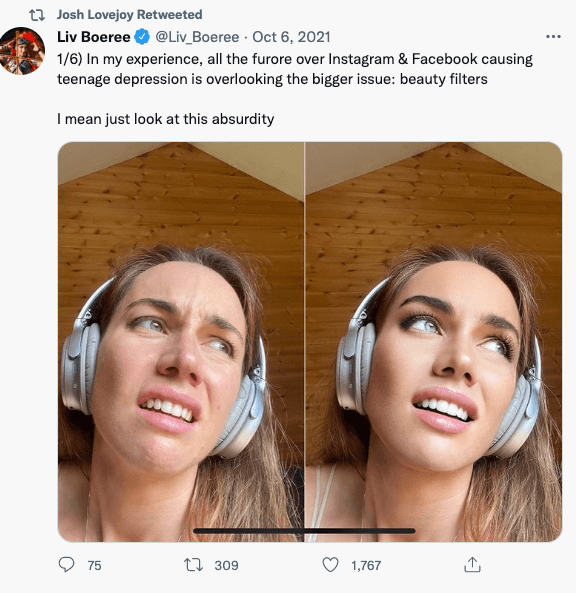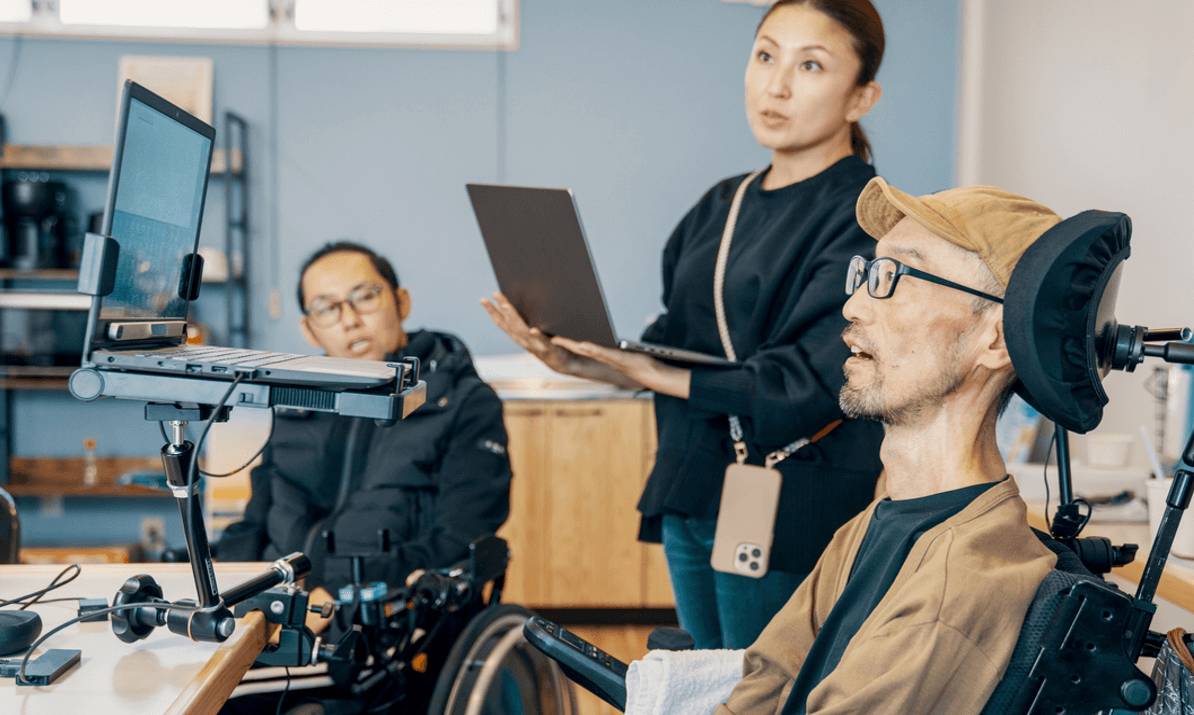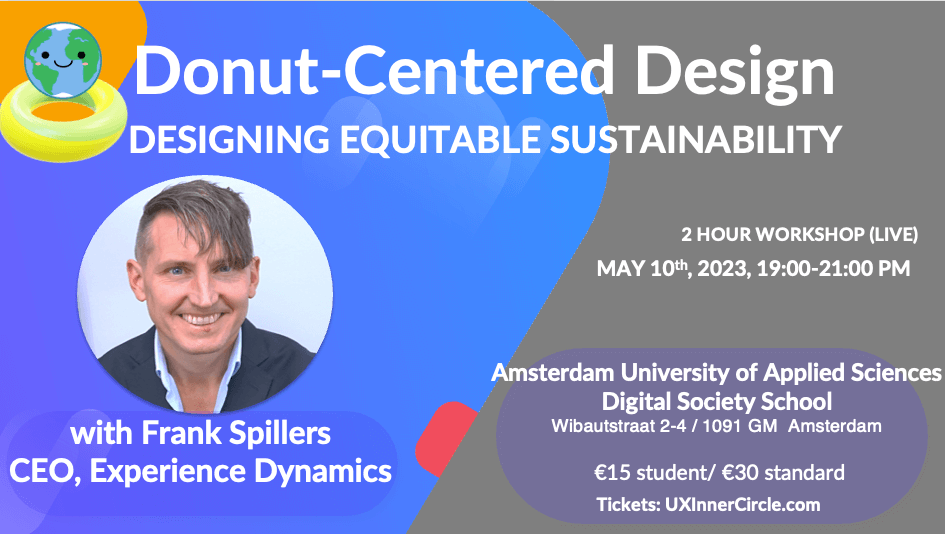Summary: Addressing your design strategy’s 7 most pressing problems is critical. Why? Users need help, protection, and safety. By tackling the Wicked Digital 7– you also build a stronger business case for ethics, harm reduction, and a bias-informed design approach.
Background to the Wicked Digital 7: The Wicked 7 project focuses on 7 high-priority problems the planet needs solving. In 2021, I proposed the digital version as the “Wicked Digital 7.” These encompass Sustainability, Inclusive Design, Digital Wellness, Deceptive Design Patterns, Ethics in UX and AI, Fighting Misinformation, and Social Media and Device addiction.
Why it matters; Understanding the Wicked Digital 7 is crucial for creating ethical, harm-reduced, bias-informed and inclusive human-centered digital products. It’s also an action list for the grandfather of Human Centered Design’s book Design for a Better World (2023).
The Wicked Digital 7
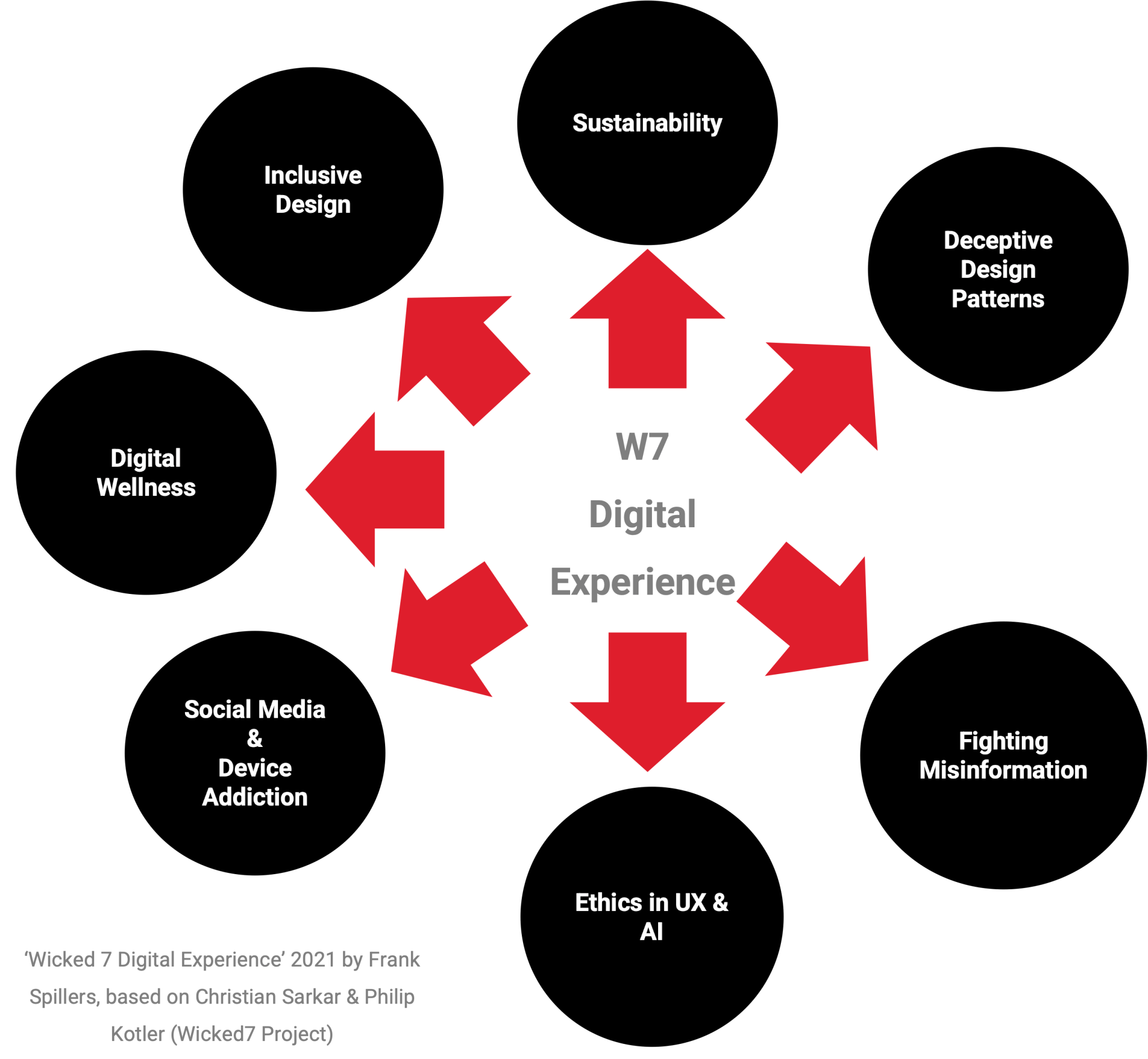
Wicked design problems are complex issues without clear solutions, often involving many stakeholders with conflicting interests. They are characterized by their uniqueness, evolving nature, and interconnectedness with other problems, making them difficult to define and address definitively. Solutions to wicked problems are not right or wrong but better or worse, requiring iterative, multidisciplinary approaches to tackle.
The Wicked Digital 7 are priority areas that have been elevated in the past few years, either due to pursuing Inclusion Innovation or to increase impact to users and our increasingly complex world. An example is the emphasis (and legislation) on Safer AI with Inclusive Design (VIDEO).
1. Sustainability
Digital sustainability focuses on reducing the environmental impact of digital products. For example, Google’s “Project Sunroof” uses AI to map solar potential, encouraging renewable energy use. Another example is a new methane-detecting space satellite that Google will monitor polluters.
Designing for sustainability involves nudging eco-friendly user behaviors, using systems thinking to discover unintended consequences, and more.
2. Inclusive Design
Inclusive design ensures digital products and services are safe and accessible to all, regardless of ability or background. It prioritizes equity, meaning UX research and design includes users historically left out, to include on purpose. Microsoft’s recent Adaptive Controller range, designed for gamers with limited mobility, is a prime example of addressing disability.
Inclusive design involves considering diverse user needs initially, making products safe and welcoming for everyone. It stretches beyond disability and reaches out to underrepresented users across identity and lived experience. e.g. Black + female + disability.
3. Digital Wellness
Digital wellness addresses the balance between technology use and personal health. It encompasses the overall health and well-being of individuals in the digital age. This involves being mindful of how digital technologies impact our lives and making conscious choices to use these technologies in ways that contribute to our health, productivity, and happiness.
Apps like “Forest” tackle this by promoting focus and reducing smartphone overuse by rewarding users for not touching their phones. Digital wellness encourages designing products that enhance life without causing undue stress or addiction.
Microsoft’s Inclusive Design guidelines cover one of the top priority in the “stolen attention economy”: designing for focus. Check their video: How do you achieve focus?
Apple and Google introduced Screen Time analytics to users and have tried to create features encouraging journaling, breaks, physical activity, a Digital Wellbeing product experience toolkit, and Digital Wellbeing Experiments.
4. Deceptive Design Patterns
Deceptive design patterns, formerly known as “dark patterns,” trick users into making unintended decisions. A known deceptive pattern example is “confirmshaming,” where opting out of a newsletter is framed negatively. Combatting this involves ethical design practices that respect user choices and transparency. That starts with detoxing business interests that may force designers to act unethically, for example, to boost sales or conversions.
An example of confirmshaming:
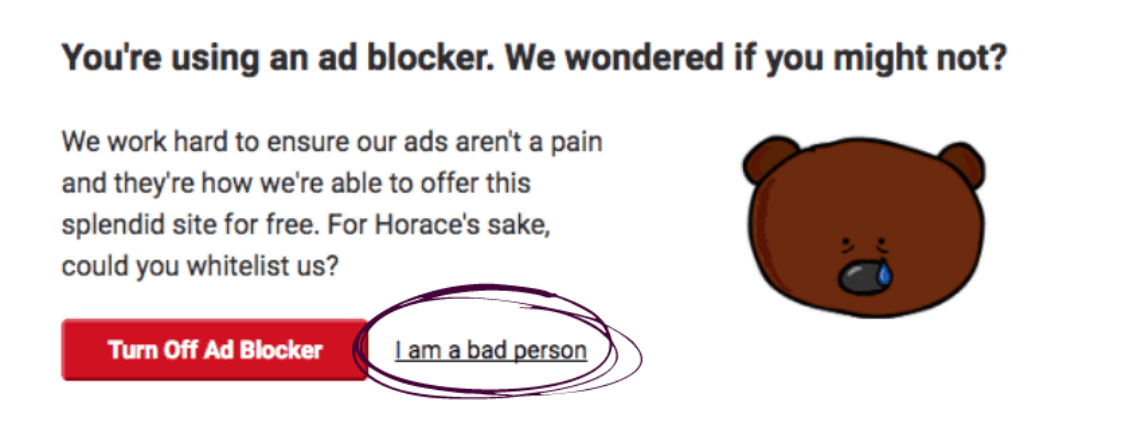
5. Ethics in UX and AI
Ethics in UX and AI involves designing a moral framework that respects user rights and data privacy. AI chatbots, like OpenAI’s GPT, are designed to offer valuable assistance without infringing on privacy. It took OpenAI The AI community has many Ethical AI design toolkits that guide the creation of technology that’s beneficial and non-exploitative.
6. Fighting Misinformation
Fighting misinformation is crucial in an era of “fake news.” Platforms like Facebook have introduced fact-checking programs and labels to identify false information. A similar effort is underway with AI– especially around election concerns. Designing for truth involves creating algorithms prioritizing accurate and historically correct information and providing users with tools to verify content.
An example where this went wrong recently (touching on problems 2, 5, and 6 above) was Google’s approach to training image-generator Gemini. According to a former Google Product Ethicist: “The idea that ethical AI work is to blame is wrong. In fact, Gemini showed Google wasn’t correctly applying the lessons of AI ethics. Where AI ethics focuses on addressing foreseeable use cases– such as historical depictions–Gemini seems to have opted for a “one size fits all” approach, resulting in an awkward mix of refreshingly diverse and cringeworthy outputs”. (It showed multi-racial Nazi’s among other historically distorted depictions- image below).
7. Social Media and Device Addiction
Social media & addictive device behaviors represent a significant digital wellness challenge. The design patterns of most social media such as–notification overload, endless scrolling, social identity distortion– elicit compulsive usage to the point where it interferes with daily life, relationships, and mental health. Worse, it can lead to self-harm or suicide: studies in the US/UK show young women are impacted most. Both Instagram and TikTok have self-harm and suicide instructional content, as the documentary “The Instagram Effect” revealed. Even Insta filters can cause harm:
Cole Rise, designer of the first Instagram logo and seven of its original filters, now welcomes a warning label on whether filters are used in an Instagram post. See The Instagram Effect- I was scrolling for 13 hours a day…
Take Action
Addressing the “Wicked Digital 7” requires a safety, inclusion, and harm-reduction approach to digital design and development. It involves prioritizing the user’s well-being, promoting inclusivity, ensuring privacy, and fostering a sustainable approach to product and service challenges. By focusing on these areas, designers and developers can create digital experiences that are innovative but also ethical and responsible.
We need to do better: You can tackle the Wicked Digital 7 in your work. Start with notification design. Consider how recruiting can exclude users. Improve and expand on the above positive steps. Keep me posted!

